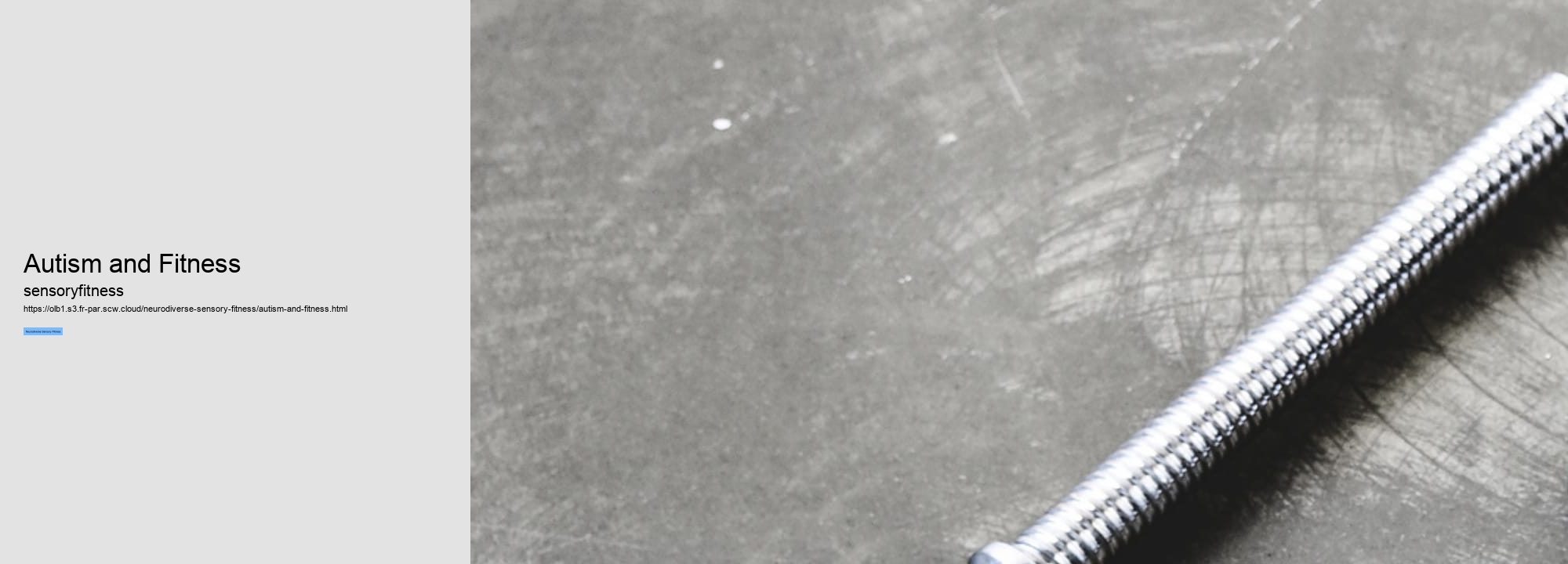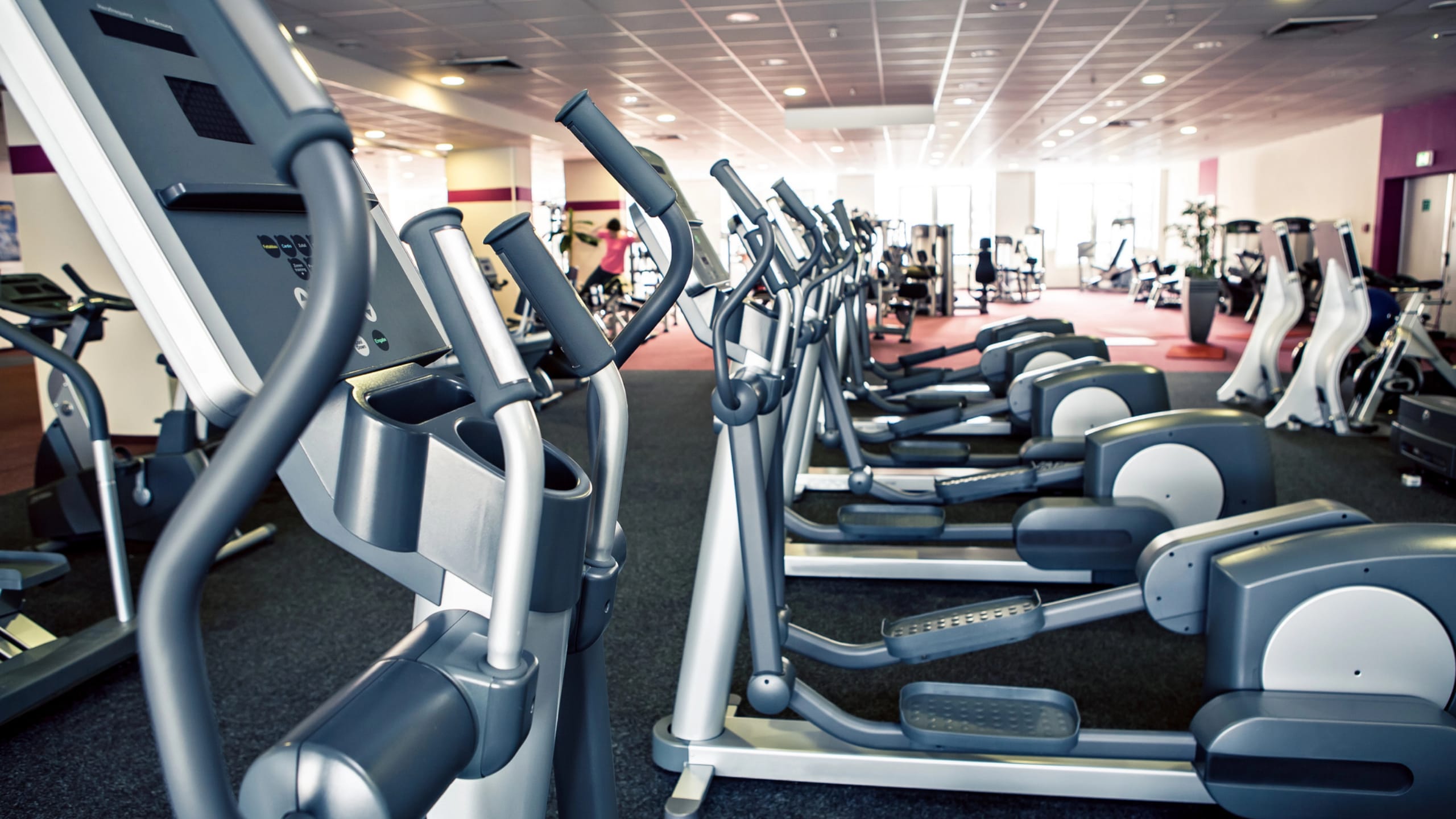

Our senses allow us to experience life in all its richness and diversity. They enable us to appreciate the beauty of nature, enjoy delicious foods, listen to music, feel the warmth of a hug, and so much more. When our senses are sharp and attuned, we are able to fully engage with our surroundings and derive pleasure from everyday experiences. On the other hand, when our senses are dulled or impaired, it can have a negative impact on our quality of life. Poor vision can make it difficult to read or drive safely. Hearing loss can lead to feelings of isolation and communication difficulties.
Even minor sensory impairments can have far-reaching consequences on our overall well-being. Fortunately, there are simple ways to improve and maintain sensory fitness. Regular eye exams can help detect vision problems early on. Protecting your ears from loud noises can prevent hearing loss. Engaging in activities that stimulate your sense of touch – such as gardening or playing a musical instrument – can keep your tactile sensitivity sharp.
Mindful eating, for example, involves savoring each bite of food by paying attention to its flavor, texture, and aroma. This not only makes mealtime more enjoyable but also promotes better digestion and nutritional absorption. In conclusion, prioritizing sensory fitness is essential for maintaining overall health and well-being. By nurturing our senses through regular check-ups, protective measures, engaging activities, and mindfulness practices, we can enrich our lives with vibrant sensations and profound connections with the world around us. Let us not underestimate the power of our senses in shaping how we experience life – let's embrace them fully in all their splendor!
Strategies and Activities to Improve Sensory Processing SkillsSensory processing skills play a crucial role in our daily lives, affecting how we perceive and react to the world around us. For individuals who struggle with sensory processing issues, simple tasks like getting dressed or eating can become overwhelming and challenging. However, there are strategies and activities that can help improve these skills and make everyday activities more manageable. One effective strategy for improving sensory processing skills is through sensory integration therapy. This type of therapy involves engaging in activities that stimulate the senses in a controlled and structured manner. By exposing individuals to different sensory experiences, such as touch, sound, and movement, they can learn to better process and respond to sensory input.
These activities may include deep pressure massage, swinging on a swing set, or playing with textured materials like sand or Play-Doh. By incorporating these activities into their daily routines, individuals can gradually improve their ability to process sensory information. In addition to therapy and sensory diets, there are also lifestyle changes that can help improve sensory processing skills. Ensuring a healthy diet rich in nutrients like omega-3 fatty acids and magnesium can support brain function and overall well-being. Adequate sleep is also essential for optimal sensory processing, as fatigue can exacerbate sensitivity to stimuli.
Activities like yoga or swimming can help individuals regulate their nervous systems and improve their ability to focus and concentrate. Overall, improving sensory processing skills requires a holistic approach that includes therapy, lifestyle changes, and regular practice of sensory-related activities. By implementing these strategies into daily life, individuals with sensory processing issues can enhance their quality of life and feel more confident navigating the world around them.
What is neurodiverse sensory fitness and how does it benefit individuals? Neurodiverse sensory fitness is a concept that focuses on using physical activity and sensory experiences to promote overall health and well-being for individuals who have neurodiverse conditions such as autism, ADHD, sensory processing disorder, and other developmental disabilities. The benefits of neurodiverse sensory fitness are multifaceted. Firstly, engaging in regular physical activity can help improve motor skills, coordination, balance, and strength for individuals with neurodiverse conditions. This can lead to increased independence in daily activities and improved quality of life. Additionally, sensory experiences incorporated into fitness routines can help individuals regulate their sensory systems.
On the other hand, vestibular activities like swinging or spinning can provide much-needed stimulation for those who may seek out movement. Furthermore, participating in sensory fitness activities can also promote social interaction and communication skills. Group classes or team sports provide opportunities for individuals with neurodiverse conditions to engage with peers in a structured setting while working towards common goals. Overall, neurodiverse sensory fitness plays a crucial role in supporting the holistic well-being of individuals with neurodiverse conditions. By incorporating physical activity and sensory experiences into their daily routines, they can improve their physical health, emotional regulation, social skills, and overall quality of life.
What are some effective exercises for improving sensory fitness in neurodiverse individuals? Improving sensory fitness in neurodiverse individuals is crucial for promoting overall well-being and quality of life. Sensory exercises can help enhance awareness, coordination, and regulation of sensory input, leading to improved focus, attention, and emotional regulation. There are several effective exercises that can be incorporated into a daily routine to support sensory development in individuals with neurodiversity. One beneficial exercise is deep breathing or diaphragmatic breathing.


Deep breathing techniques involve taking slow, deep breaths through the nose and exhaling slowly through the mouth. This practice can help calm the nervous system, reduce stress levels, and improve overall relaxation. Deep breathing exercises can be especially helpful for individuals who experience sensory overload or heightened anxiety. Another effective exercise for improving sensory fitness is progressive muscle relaxation. This technique involves tensing and then releasing different muscle groups throughout the body to promote relaxation and reduce tension. Progressive muscle relaxation can help increase body awareness and promote a sense of calmness and comfort.
Yoga combines physical postures with breathwork and meditation to promote balance, flexibility, strength, and mindfulness. Mindfulness practices encourage present-moment awareness and non-judgmental acceptance of thoughts, emotions, and sensations. These practices can help individuals with neurodiversity develop greater self-awareness, emotional regulation skills, and resilience. Sensory integration activities such as swinging gently on a swing set or using a therapy ball for balance exercises can also support sensory development in neurodiverse individuals. These activities provide opportunities to engage the vestibular system (responsible for balance) and proprioceptive system (responsible for body awareness), which can improve coordination and spatial orientation.
Engaging with nature can help individuals with neurodiversity connect with their senses in a meaningful way while promoting physical activity and cognitive stimulation. Overall, incorporating a variety of sensory exercises into daily routines can help support the development of sensory fitness in neurodiverse individuals. By prioritizing self-care practices that enhance body awareness, relaxation, mindfulness, balance, coordination,and engagement with the environment , it is possible to promote holistic well-being among those with diverse neurological profiles . What role does sensory integration play in promoting overall wellness for neurodiverse individuals? Sensory integration plays a crucial role in promoting overall wellness for neurodiverse individuals.
Our senses are constantly bombarded with stimuli from the environment, and for those with neurodivergent conditions such as autism, ADHD, or sensory processing disorder, these sensory inputs can be overwhelming and challenging to process. When an individual's sensory system is not functioning efficiently, it can lead to difficulties in regulating emotions, behaviors, and attention. Sensory integration therapy aims to help individuals organize and interpret sensory information more effectively, ultimately leading to improved overall well-being. By engaging in sensory integration activities such as swinging, brushing, weighted blankets, or deep pressure massage, individuals with neurodiverse conditions can learn to better regulate their responses to sensory stimuli. This can result in reduced anxiety levels, improved focus and attention, enhanced social interactions, and increased self-regulation skills.
Providing a sensory-friendly environment that caters to an individual's specific needs can greatly improve their quality of life and enable them to participate more fully in daily activities. In conclusion, sensory integration plays a vital role in promoting the overall wellness of neurodiverse individuals by helping them better navigate the sensory world around them. By implementing strategies that support efficient processing of sensory information, we can empower individuals with neurodivergent conditions to thrive and reach their full potential. What are the key components of a neurodiverse sensory fitness program?
This type of program focuses on incorporating sensory experiences into exercise routines in order to provide a more inclusive and effective workout for participants. There are several key components that make up a neurodiverse sensory fitness program. One important aspect is the incorporation of various sensory stimuli into the workout environment. This can include using different textures, colors, sounds, and scents to engage participants and enhance their overall experience.
Another crucial component of a neurodiverse sensory fitness program is individualized support and accommodations for participants with different sensory needs. This may involve providing alternative equipment or modified exercises to accommodate specific challenges or preferences. For example, individuals who are sensitive to loud noises may benefit from using noise-canceling headphones during group workouts. In addition, creating a safe and supportive space for participants is essential in a neurodiverse sensory fitness program.


Trained instructors who understand the unique needs of individuals with diverse neurological abilities can help create an inclusive environment where all participants feel welcome and respected. Encouraging open communication and offering flexibility in programming can also contribute to a positive experience for everyone involved. Overall, the key components of a neurodiverse sensory fitness program focus on creating an inclusive and engaging workout experience for individuals with diverse neurological abilities.
What impact does neurodiverse sensory fitness have on cognitive function and daily living skills? Neurodiverse sensory fitness refers to the ability of individuals with neurodiverse conditions, such as autism or ADHD, to effectively process sensory information and regulate their responses to stimuli.
One significant impact that neurodiverse sensory fitness has on cognitive function is improved focus and attention. Many individuals with neurodiverse conditions struggle with sensory overload, which can make it difficult for them to concentrate on tasks or stay engaged in activities.
By developing sensory fitness through activities like deep pressure therapy or sensory integration exercises, individuals can learn how to better regulate their responses to sensory input and improve their ability to focus on tasks. Additionally, neurodiverse sensory fitness can also enhance processing speed and coordination, which are essential components of cognitive function. By engaging in activities that challenge the senses, such as balancing exercises or proprioceptive activities, individuals can strengthen neural pathways in the brain that support these functions. This can lead to improvements in information processing, decision-making, and motor skills. In terms of daily living skills, neurodiverse sensory fitness can have a profound impact on an individual's ability to navigate their environment and perform everyday tasks. For example, individuals who struggle with sensory sensitivities may find it challenging to tolerate certain textures or sounds in their surroundings.
Furthermore, developing sensory fitness can also improve self-regulation skills and emotional resilience. Individuals who are able to effectively regulate their responses to sensory input are better equipped to manage stress, anxiety, and other emotional challenges that may arise throughout the day. This can lead to greater confidence, independence, and overall well-being in daily life. In conclusion, neurodiverse sensory fitness plays a critical role in supporting cognitive function and daily living skills for individuals with neurodiverse conditions. By improving focus, attention, processing speed, coordination, self-regulation skills, and emotional resilience through targeted sensory activities, individuals can enhance their overall quality of life and achieve greater success in both academic and personal endeavors.
Fitness is crucial for overall health and well-being as it helps improve physical strength, endurance, cardiovascular health, mental health, and quality of life.
The ADHD brain typically exhibits differences in certain neurotransmitter activity and brain structures, particularly those involved in attention, impulse control, and executive function.
Setting fitness goals provides direction, motivation, and a sense of accomplishment, helping individuals to track progress and maintain consistency in their exercise routines.